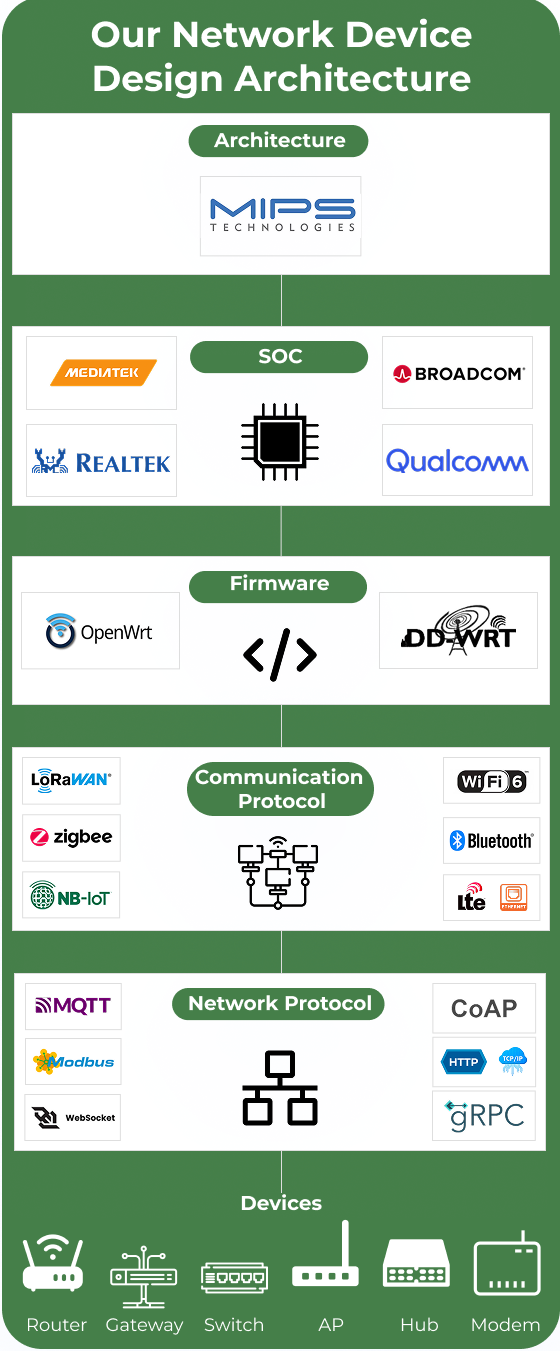 +1-647 594 3550
+1-647 594 3550
 info@radiocord.com
info@radiocord.com
 +1-647 594 3550
+1-647 594 3550
 info@radiocord.com
info@radiocord.com
From concept to mass production, we deliver custom solutions across IoT and edge-based AI/ML applications.
Product Engineering






AI Integrations (ML, AI on edge devices)




Internet of Things




Manufacturing Services


Network Devices and Telecom



Explore our diverse portfolio showcasing our expertise in PCB and PCBA design. We deliver innovative solutions tailored to meet your specific needs.
Opinions from our clients—empowering us to create more value and build lasting relationships.
Radiocord’s expert team and leadership accelerated our EV hardware project, delivering structure, speed, and excellent execution.
James, Founder





Radiocord seamlessly solved complex tech challenges, supporting us from concept to launch with speed, clarity, and expertise.
Philip Fredman





Radiocord delivers reliable, research-driven results with clear communication and steady progress—an ongoing partnership I truly value.
Sevan Nersesian






Opinions from our clients—empowering us to create more value and build lasting relationships.
Radiocord's expert team and leadership accelerated our EV hardware project, delivering structure, speed, and excellent execution.
James, Founder





Radiocord seamlessly solved complex tech challenges, supporting us from concept to launch with speed, clarity, and expertise.
Philip Fredman





Radiocord delivers reliable, research-driven results with clear communication and steady progress—an ongoing partnership I truly value.
Sevan Nersesian













Build Intelligence Into Tiny, Online/Offline Devices
Building AI that runs directly on hardware without Internet, APIs, or cloud; requires layered expertise across embedded systems, firmware, and machine learning. Here's how we architect that:
We start by selecting the right silicon. From powerful MPUs like Jetson and Raspberry Pi to ultra-efficient MCUs like ESP32 and Pico, we enable edge devices to run AI locally.
Edge Devices (MPUs & MCUs) Selected for On-Device AI Processing
Depending on the device, we run lightweight Linux OS (Debian, Ubuntu, Raspbian) or embedded firmware (FreeRTOS, MicroPython, CircuitPython) to manage resources and enable local intelligence.
Firmware and OS Environments Configured for Efficient Edge Execution
Using TensorFlow Lite, TinyML, and PyTorch, we run optimised ML models for on-device inference — no cloud required.
Optimised ML Frameworks Deployed for Lightweight On-Device Inference
Intelligence:
AI Models Trained and Embedded for Vision, Audio, Sensor Data, and Control
Unlike typical AI companies focused on chatbots and cloud agents, we work at the silicon level, enabling real AI in real-world hardware. Our team works at the intersection of hardware, firmware, and intelligence, enabling autonomous, efficient, and cost-effective systems
Our systems begin with selecting the right CPU
instruction architecture, where we standardise on ARM architecture
Why ARM? ( Powers
Our End-to-End IoT Stack)
We standardise on ARM architecture because of its low power, high performance, and global ecosystem support.
Hardware Layer:
We select SoCs and modules from leading vendors like Rockchip, Raspberry Pi, Espressif, ST, Microchip, Texas Instruments and other OEMs, ensuring flexibility across consumer and industrial use cases.
Wireless Connectivity Layer:
We estimate the link budget, range requirements, deployment location, and available network infrastructure (e.g., LTE vs. LoRa vs. Zigbee). This helps us choose the hardware like SIMCom, Quectel, Telit, Sierra Wireless, LPWAN, Zigbee, and other.
Firmware & OS Layer:
For real-time, lightweight, and power-efficient operation, we use FreeRTOS, MicroPython, and CircuitPython on microcontrollers.For higher-capability systems, we deploy Debian, Ubuntu, and Raspbian, or OpenWRT for networked edge gateways — balancing control and scalability in embedded systems.
Communication Protocol Layer:
Each device in the network communicates over protocols optimized for range, bandwidth, and topology.We implement technologies like LoRaWAN, Zigbee, Bluetooth, Wi-Fi 6, UWB, NB-IoT, and LTE to meet the needs of smart sensors, edge nodes, and mobile units across verticals.
Network Protocol Layer:
We use MQTT for telemetry, Modbus and WebSocket for legacy or real-time control, and CoAP, HTTP, and gRPC for platform integration — enabling flexible edge-to-cloud communication.
Cloud Platform Layer:
We support both public cloud services (AWS, Azure, GCP) and self-hosted infrastructure.
Applications
Our IoT systems are deployed in Smart Industry, Agriculture, Healthcare, Homes, Logistics, Energy and other domains, enabling real-time monitoring, remote health, predictive maintenance, remote control, and connected processes and historical data analysis.

We deploy ML in IoT devices and add intelligence to the smartness.
We use machine learning models trained on historical sensor data to build systems that don't just respond, but anticipate. By analysing patterns across time, our solutions can predict equipment failures, optimise energy and resource usage, and adapt in real time to changing conditions.
Whether it's a factory floor, a farm field, or a connected home, our AIoT systems learn from history to shape intelligent operations. We call them Intelligence of Things.

We work with the MIPS architecture, widely used in
embedded networking systems.
Reason we use MIPS architecture in our network device
development.
We use MIPS for its efficient pipeline, low power, network-optimized SoCs, and strong firmware support in embedded connectivity systems.
Selecting the MIPS based SOC:
Development starts with selecting MIPS based Network-Grade System-on-Chips from OEMs like: MediaTek, Broadcom, Realtek, and Qualcomm, each known for high-performance network processing, hardware NAT, VPN acceleration, and integrated switches and wireless radios.
Deploying Custom Firmware:
For Configurable Routing, Bridging, and Access Point Functionality, We use open-source firmware like OpenWRT and DD-WRT, providing full control over routing logic, firewall rules, VPN tunneling, wireless mesh, VLANs, and QoS.
Based on Link-budget, throughput, bandwidth and spectrum requirements, We implement Wi-Fi 6, LTE, Bluetooth, Zigbee, LoRaWAN, and NB-IoT communication protocols.
Network Protocol:
For efficient data routing and cloud compatibility, we configure MQTT, CoAP, WebSocket, gRPC, Modbus, and traditional HTTP/TCP/IP stacks, this helps us build the Logical Transport Layer with Lightweight and Real-Time Messaging Protocols.
We design, develop, and mass-produce custom networking devices including routers, gateways, switches, access points, modems, and hubs.
It is a long established fact that
a reader will be distracted by the readable content of a
page when looking at its layout.
It is a long established fact that a reader will be distracted by the of readable content of
a page when lookings at its layouts the points of using.

30 May,2025


1 June,2025


Upcoming


Upcoming

Contact Us

Get In Touch
